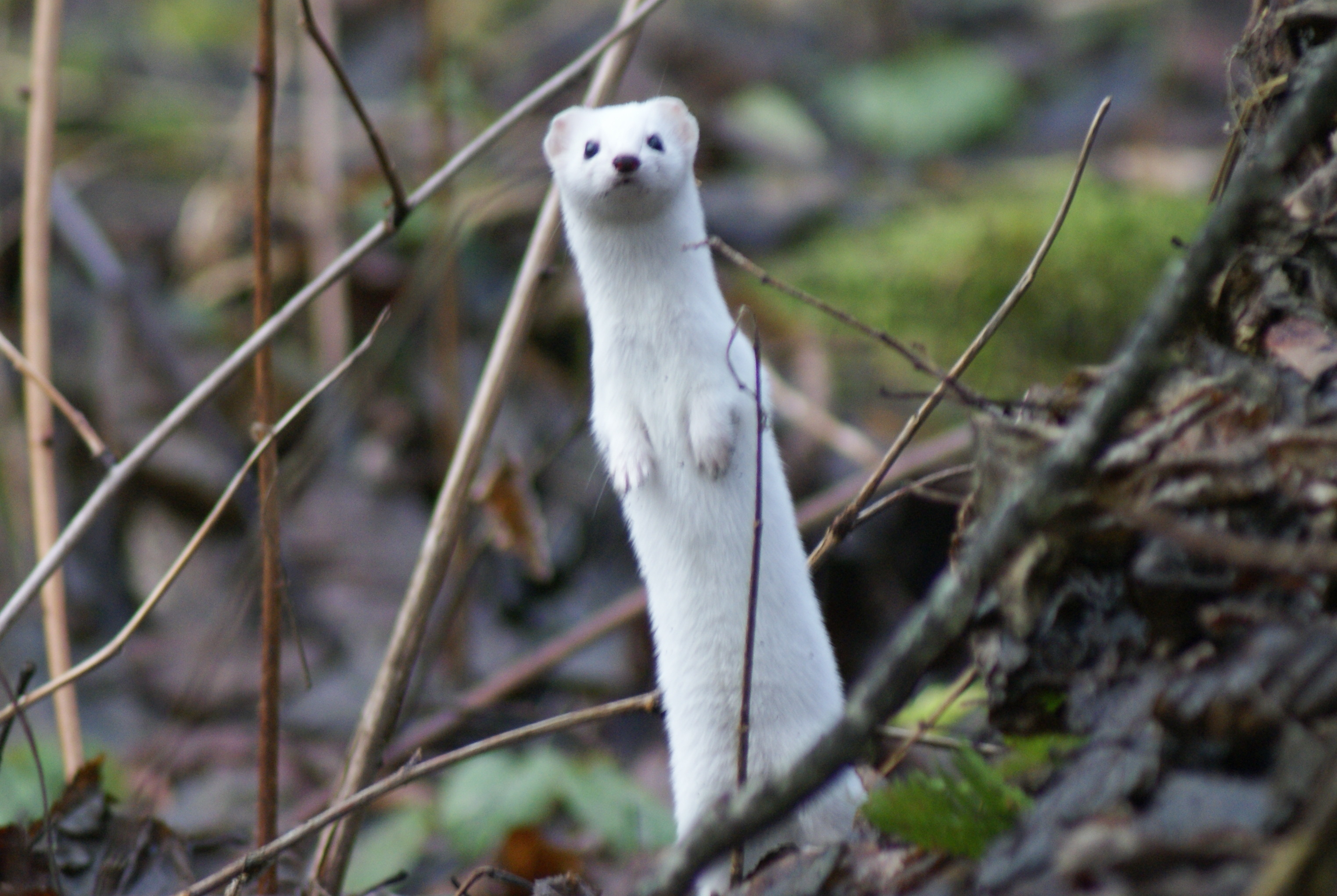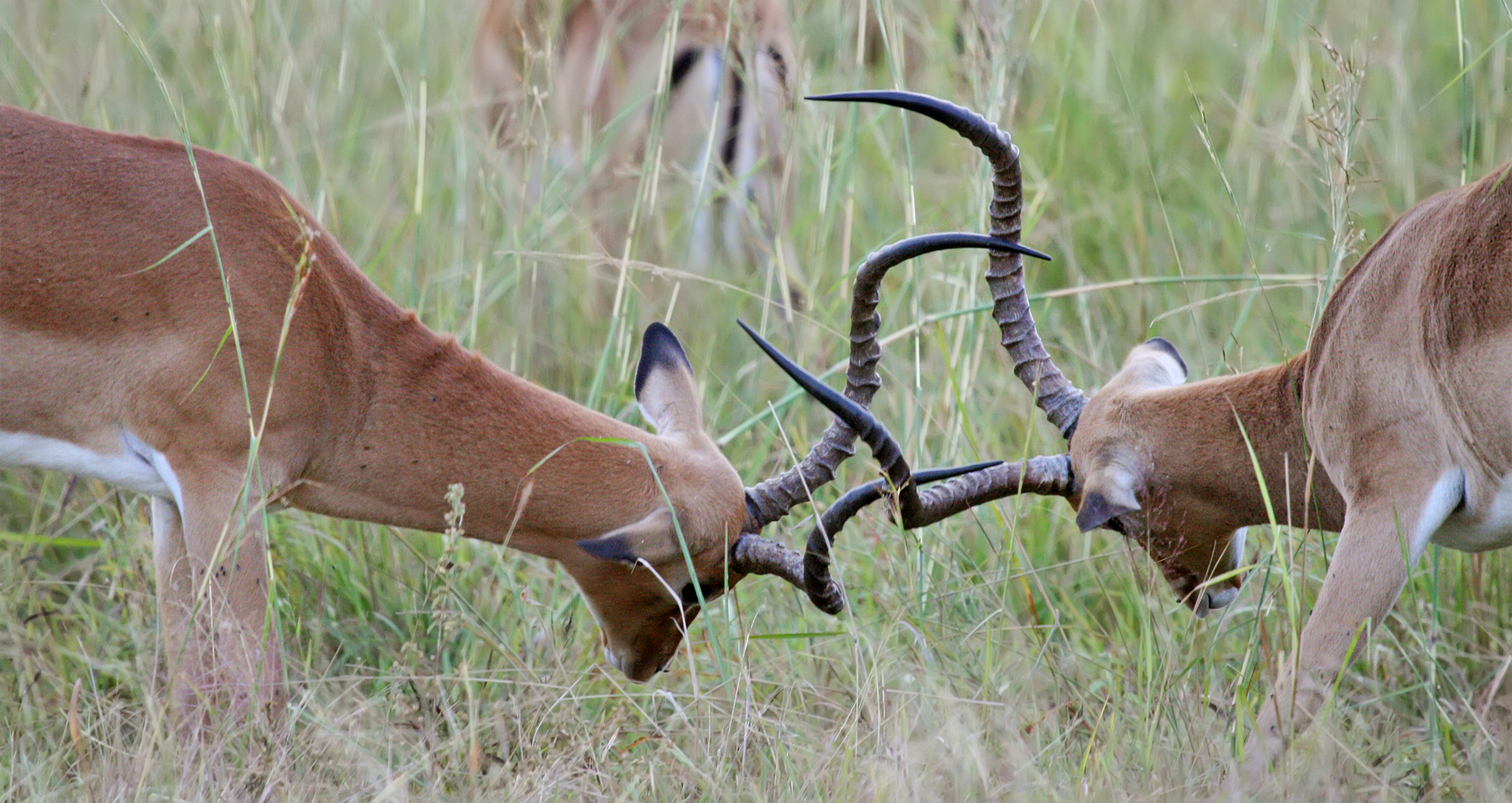|
Chiru
The Tibetan antelope or chiru (''Pantholops hodgsonii'') (, pronounced ; ) is a medium-sized bovid native to the northeastern Tibetan plateau. Most of the population live within the Chinese border, while some scatter across India and Bhutan in the high altitude plains, hill plateau and montane valley. Fewer than 150,000 mature individuals are left in the wild, but the population is currently thought to be increasing. In the 1980s and the 1990s, they had become endangered due to massive illegal poaching. They are hunted for their extremely soft, light and warm underfur which is usually obtained after death. This underfur, known as ''shahtoosh'' (a Persian word meaning "king of fine wools"), is used to weave luxury shawls. Shahtoosh shawls were traditionally given as wedding gifts in India and it takes the underfur of three to five adult antelopes to make one shawl. Despite strict controls on trade of shahtoosh products and CITES listing, there is still demand for these luxu ... [...More Info...] [...Related Items...] OR: [Wikipedia] [Google] [Baidu] |
Shahtoosh
Shahtoosh (from Persian شاهتوش 'king of wools'), also known as Shatoush, is a wool obtained from the fur of the chiru (''Pantholops hodgsonii'', also called Tibetan antelope). Also, shawls made from the wool of the chiru are called shahtoosh. Shahtoosh is the finest animal wool, followed by vicuña wool. As undomesticated wild animals, the chirus cannot be shorn, so they are killed for this purpose. Due to the severe decline of the chiru population by 90% in the second half of the 20th century, they were internationally classified as a critically endangered species until 2016. Since 2016, they have been classified as a near threatened species due to species conservation programs and partial recovery of population size. The wool is mostly used to make luxurious scarves and shawls, although the production, sale, and acquisition of shahtoosh has been illegal under CITES since 1979. On the black market, shahtoosh shawls fetch prices ranging from $5,000 to $20,000. Properti ... [...More Info...] [...Related Items...] OR: [Wikipedia] [Google] [Baidu] |
Clarke Abel
Clarke Abel (5 September 1780 – 24 November 1826) was a British surgeon and naturalist. He accompanied Lord Amherst on his mission to China in 1816-17 as the embassy's chief medical officer and naturalist, on the recommendation of Sir Joseph Banks. The mission was Britain's second unsuccessful attempt to establish diplomatic relations with China and involved travelling to the Beijing and the famous botanical gardens of Fa Tee (Huadi) near Canton (Fangcun District). While in China, Abel collected specimens and seeds of the plant that carries his name, '' Abelia chinensis'', described by Banks' botanical secretary Robert Brown, "with friendly partiality". However a shipwreck and an attack by pirates on the way back to his home in Britain caused him to lose all of his specimens. Abel's ''Narrative of a Journey in the Interior of China'', 1818, gives a detailed account of the collection's misfortunes. However, he had left some specimens with Sir George Staunton at Canton, who wa ... [...More Info...] [...Related Items...] OR: [Wikipedia] [Google] [Baidu] |
Guard Hair
Guard hair or overhair is the outer layer of hair of most mammals, which overlay the fur. Guard hairs are long and coarse and protect the rest of the pelage (fur) from abrasion and frequently from moisture. They are visible on the surface of the fur and usually lend a characteristic contour and color pattern. Underneath the contour hair is the short, dense, fine down. There are three types of guard hair: awns, bristles, and spines.G. A. Feldhamer, J. F. Merritt, C. Krajewski, J. L. Rachlow, K. M. Stewart. ''Mammalogy: Adaptation, Diversity, Ecology. Fifth Edition.'' Johns Hopkins University Press. 2020Robert E. Martin, Ronald H. Pine, Anthony F. DeBlase. ''A Manual of Mammalogy: With Keys to Families of the World''. 3rd edition. Waveland Pr Inc. 2011D. A. Kelt, J. L. Patton. ''A Manual of the Mammalia: An Homage to Lawlor’s “Handbook to the Orders and Families of Living Mammals”.'' University of Chicago Press. 2020 Description Guard hair (overhair) is the top or outer lay ... [...More Info...] [...Related Items...] OR: [Wikipedia] [Google] [Baidu] |
Coat (animal)
Coat is the nature and quality of a mammal's fur. In the animal fancy, coat is an attribute that reflects the quality of a specimen's Selective breeding, breeding as well as the level of the animal's Animal husbandry, care, conditioning, and management. Coat is an integral aspect of the judging at competitions such as a Conformation show, conformation dog show, a cat show, a horse show (especially Horse showmanship, showmanship classes), or a American Rabbit Breeders Association#Rabbit shows, rabbit show. The pelage of a show animal may be divided into different types of hair, fur or wool with a texture ranging from downy to spiky. In addition, the animal may be single-coated or may have a number of coats, such as an Fur#Down hair, undercoat and a topcoat (also called an ''outer coat'' or, sometimes, ''overcoat''), which is made up of Fur#Guard hair, guard hair. The state of the coat is considered an indication of the animal's selective breeding, breeding and health. Animals mig ... [...More Info...] [...Related Items...] OR: [Wikipedia] [Google] [Baidu] |
Rut (mammalian Reproduction)
The rut (from the Latin ''rugire'', meaning "to roar") is the mating season of certain mammals, which includes ruminants such as deer, sheep, camels, goats, pronghorns, bison, giraffes and antelopes, and extends to others such as skunks and elephants. The rut is characterized in males by an increase in testosterone, exaggerated sexual dimorphisms, increased aggression, and increased interest in females. The males of the species may mark themselves with mud, undergo physiological changes or perform characteristic displays in order to make themselves more visually appealing to the females. Males also use olfaction to entice females to mate using secretions from glands and soaking in their own urine. During the rut (known as the ''rutting period'' and in domestic sheep management as '' tupping''), males often rub their antlers or horns on trees or shrubs, fight with each other, wallow in mud or dust, self-anoint, and herd estrus females together. These displays make the ma ... [...More Info...] [...Related Items...] OR: [Wikipedia] [Google] [Baidu] |
Caprinae
The subfamily Caprinae, also sometimes referred to as the tribe Caprini, is part of the ruminant family Bovidae, and consists of mostly medium-sized bovids. A member of this subfamily is called a caprine. Prominent members include sheep and goats, with some other members referred to as goat antelopes. Some earlier taxonomies considered Caprinae a separate family called Capridae (with the members being caprids), but now it is usually considered either a subfamily within the Bovidae, or a tribe within the subfamily Antilopinae of the family Bovidae, with caprines being a type of bovid. Characteristics Although most goat-antelopes are gregarious and have fairly stocky builds, they diverge in many other ways – the muskox (''Ovibos moschatus'') is adapted to the extreme cold of the tundra; the mountain goat (''Oreamnos americanus'') of North America is specialised for very rugged terrain; the urial (''Ovis orientalis'') occupies a largely infertile area from Kashmir to Ira ... [...More Info...] [...Related Items...] OR: [Wikipedia] [Google] [Baidu] |
Tibetan Gazelle
The goa (''Procapra picticaudata''), also known as the Tibetan gazelle, is a species of antelope that inhabits the Tibetan plateau. Description The goa is a relatively small antelope, with slender and graceful bodies. Both males and females stand tall at the shoulder, measure in head-body length and weigh . Males have long, tapering, ridged horns, reaching lengths of . The horns are positioned close together on the forehead, and rise more or less vertically until they suddenly diverge towards the tips. Females have no horns, and neither sex has distinct facial markings. The goa is grayish brown over most of its body, with its summer coat being noticeably greyer in colour than its winter one. It has a short, black-tipped tail in the center of its heart-shaped white rump patches. Its fur lacks an undercoat, consisting of long guard hairs only, and is notably thicker in winter. It appears to have excellent senses, including keen eyesight and hearing. Its thin and long legs enha ... [...More Info...] [...Related Items...] OR: [Wikipedia] [Google] [Baidu] |
Benzene
Benzene is an Organic compound, organic chemical compound with the Chemical formula#Molecular formula, molecular formula C6H6. The benzene molecule is composed of six carbon atoms joined in a planar hexagonal Ring (chemistry), ring with one hydrogen atom attached to each. Because it contains only carbon and hydrogen atoms, benzene is classed as a hydrocarbon. Benzene is a natural constituent of petroleum and is one of the elementary petrochemicals. Due to the cyclic continuous pi bonds between the carbon atoms, benzene is classed as an aromatic hydrocarbon. Benzene is a colorless and highly Combustibility and flammability, flammable liquid with a sweet smell, and is partially responsible for the aroma of gasoline. It is used primarily as a Precursor (chemistry), precursor to the manufacture of chemicals with more complex structures, such as ethylbenzene and cumene, of which billions of kilograms are produced annually. Although benzene is a major Chemical industry, industrial che ... [...More Info...] [...Related Items...] OR: [Wikipedia] [Google] [Baidu] |
Pleistocene
The Pleistocene ( ; referred to colloquially as the ''ice age, Ice Age'') is the geological epoch (geology), epoch that lasted from to 11,700 years ago, spanning the Earth's most recent period of repeated glaciations. Before a change was finally confirmed in 2009 by the International Union of Geological Sciences, the cutoff of the Pleistocene and the preceding Pliocene was regarded as being 1.806 million years Before Present (BP). Publications from earlier years may use either definition of the period. The end of the Pleistocene corresponds with the end of the last glacial period and also with the end of the Paleolithic age used in archaeology. The name is a combination of Ancient Greek () 'most' and (; Latinized as ) 'new'. The aridification and cooling trends of the preceding Neogene were continued in the Pleistocene. The climate was strongly variable depending on the glacial cycle, oscillating between cold Glacial period, glacial periods and warmer Interglacial, int ... [...More Info...] [...Related Items...] OR: [Wikipedia] [Google] [Baidu] |
Tibetan Plateau
The Tibetan Plateau, also known as the Qinghai–Tibet Plateau or Qingzang Plateau, is a vast elevated plateau located at the intersection of Central Asia, Central, South Asia, South, and East Asia. Geographically, it is located to the north of Himalayas and the Indian subcontinent, and to the south of Tarim Basin and Mongolian Plateau. Geopolitically, it covers most of the Tibet Autonomous Region, most of Qinghai, western half of Sichuan, Southern Gansu provinces, southern Xinjiang province in Western China, Bhutan, the Administrative divisions of India, Indian regions of Ladakh and Lahaul and Spiti district, Lahaul and Spiti (Himachal Pradesh) as well as Gilgit-Baltistan in Pakistan, northwestern Nepal, eastern Tajikistan and southern Kyrgyzstan. It stretches approximately north to south and east to west. It is the world's highest and largest plateau above sea level, with an area of . With an average elevation exceeding and being surrounded by imposing mountain ranges that har ... [...More Info...] [...Related Items...] OR: [Wikipedia] [Google] [Baidu] |






